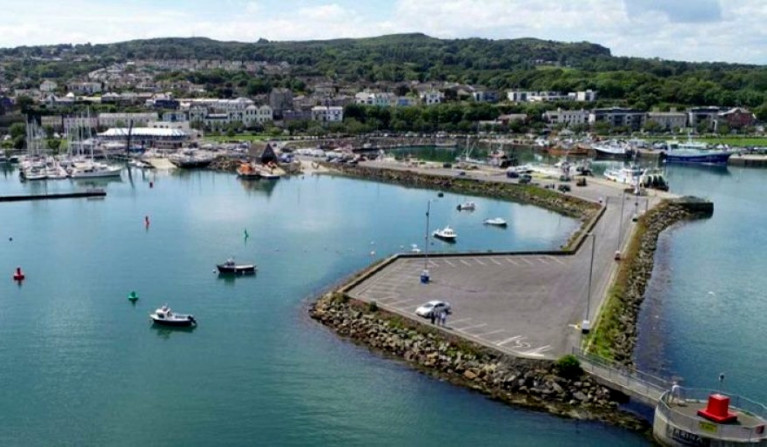Minister for Marine Charlie McConalogue has come to the rescue of Donegal islanders with fishing boats registered in Northern Ireland who were blocked from landing into their nearest port by the Brexit deal.
Northern Irish vessels and boats owned by fishermen in the Republic which are on the British register were informed that they could only land into two designated ports - Killybegs, Co Donegal and Castletownbere, Co Cork – after January 1st.
The State’s Sea Fisheries Protection Authority (SFPA) had recently initiated an investigation into “unauthorised” landings into Greencastle, Co Donegal.
However, Mr McConalogue says he has arranged for vessels on the British register to land into five additional ports - Greencastle, Burtonport and Rathmullan in Donegal, Ros-a-Mhíl in Galway and Howth in Co Dublin.
He said he was “ working to make sure the necessary notifications and requirements are in place to have these ports operational from Monday, February 1st”.
Under the new designations, Ros a Mhíl and Howth will be able to accommodate landings of demersal (whitefish) catch from vessels under 24 metres, Monday to Friday from 10 am to 10 pm.
Greencastle, Rathmullen and Burtonport will be designated for non-quota species landings from vessels under 18 metres and will operate from 2 pm to 8 pm from Monday to Friday, he said.
These designated hours are due to the need for oversight by the SFPA, he said.
He described it as “an important decision which will allow fishers in small vessels to continue their livelihoods in a safe manner”.
“Following Brexit, it is important now more than ever, to support our fishers and fishing communities and to do all we can do help them continue their livelihoods,” Mr McConalgoue said.
He said that any UK Northern Ireland registered boats landing into any of the seven Irish ports will have to comply with additional documentary and more procedural requirements than before Brexit.
The SFPA had confirmed last week in response to queries about its investigations that UK registered fishing vessels, including those vessels which are registered to addresses in Northern Ireland, are subject to new EU fisheries and food safety controls”.
These “reflect the UK’s status now as a third country,” the SFPA said.
It confirmed Killybegs and Castletownbere as the only two ports allowed to continue to receive landings under two separate designations - the Illegal, Illegal, Unreported, Unregulated – Third Country (IUU-TC) designation and North East Atlantic Fisheries Commission (NEAFC) regulations.
The development prompted calls last week by a Northern Irish fish industry executive for “Dublin to reciprocate” an arrangement where all seven Northern Irish ports are still open to vessels on the Republic’s register.
The west Cork vessel Rachel Jay was first Irish vessel since the Brexit regulations came into force to land into Lisahally in Derry with mackerel caught off the Scottish coast.
Alan McCulla of the Anglo North Irish Fish Producers’ Organisation said that while he welcomed the Rachel Jay and other Irish landings, he questioned why “when Belfast saw this coming, Dublin did not”.
“The Northern Irish authorities were able to take measures to keep our ports open to Irish vessels, “he said, adding that “the EU still rules Ireland’s waves”.
Under legislation which was controversially amended in 2019, Northern Irish vessels can fish within the Republic’s six-mile limit – but the legislation does not provide for landing.
The Sea Fisheries Amendment Act 2019 formalised in law a “voisinage” agreement which had existed between the Republic and Northern Ireland since the 1960s, and which was challenged by Greencastle fisherman Gerard Kelly.
































































